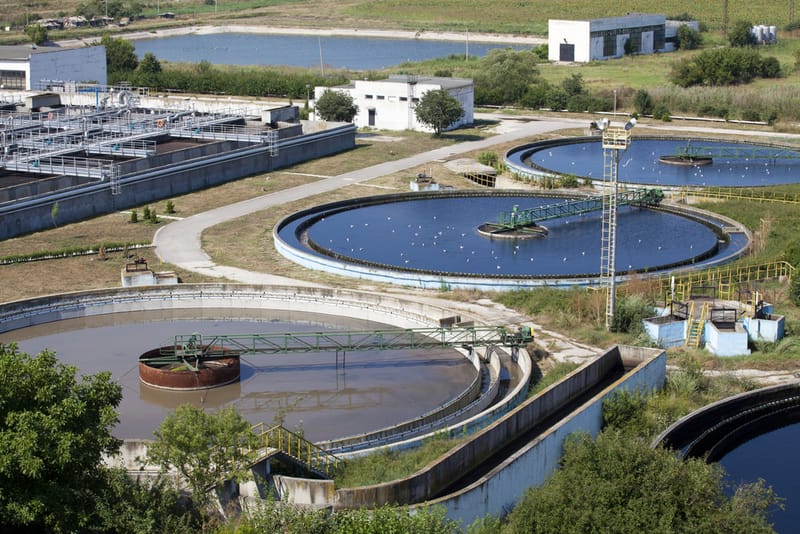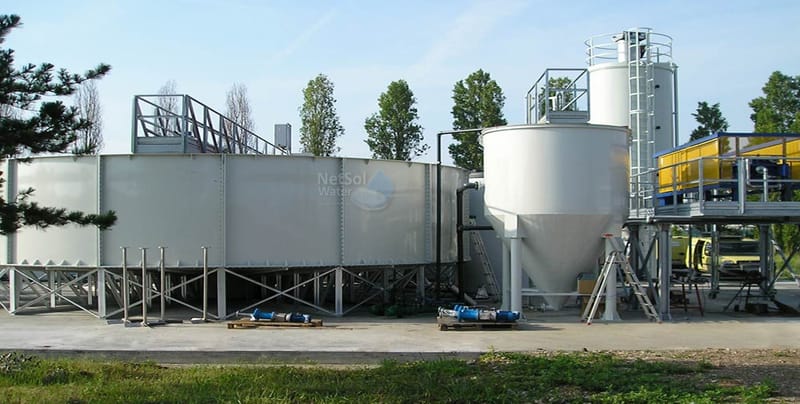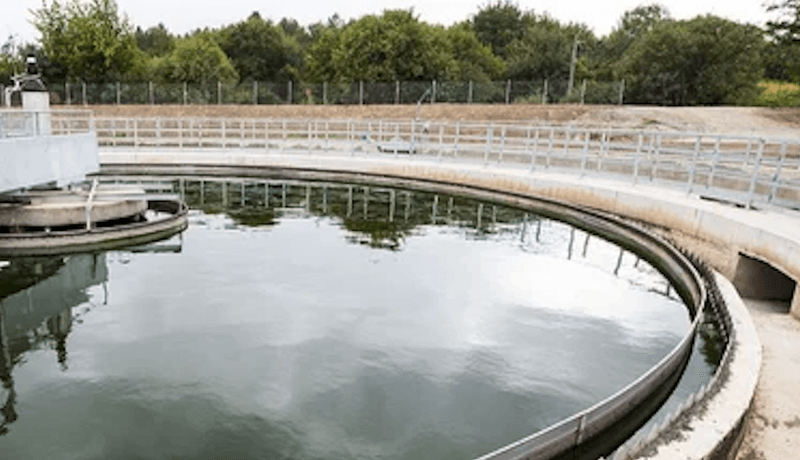Pharmaceutical Formulation Wastewater Treatment and Reuse: Challenges and Innovations for Sustainable Solutions
In the vast landscape of pharmaceutical manufacturing, where innovation intersects with responsibility, lies a critical concern: wastewater management. Amidst the intricate processes of drug formulation, copious quantities of water are utilized, birthing a diverse array of wastewater streams. These streams are laden with pharmaceutical compounds, solvents, and organic byproducts, presenting a formidable challenge for environmental stewardship and sustainability.

Understanding the Complexity of Pharmaceutical Wastewater
Pharmaceutical wastewater is not a monolithic entity but rather a mosaic of compounds stemming from various manufacturing operations. From synthesis to purification, each step contributes to the intricate composition of wastewater. Equipment washing, solid cake washing, and extraction operations all leave their mark, rendering the resultant wastewater a complex cocktail of chemicals.
The Dual Origins of Pharmaceutical Compounds in Wastewater
The presence of pharmaceutical compounds in wastewater is twofold. Firstly, it emanates from the production processes of the pharmaceutical industry itself. Secondly, common usage of pharmaceuticals by individuals culminates in their eventual presence in urban and agricultural wastewater. This convergence underscores the ubiquitous nature of pharmaceutical contaminants in our waterways.

Regulatory Compliance
Regulatory agencies globally have established stringent standards for pharmaceutical wastewater discharge, recognizing its environmental impact. Compliance is both a legal obligation and a moral responsibility for pharmaceutical manufacturers. Achieving compliance demands the adoption of advanced treatment technologies to effectively remove pharmaceutical contaminants. Failure to meet these standards results in regulatory sanctions, damaging both reputation and environmental integrity.
Non-compliance poses risks to ecosystems and public health, emphasizing the importance of robust wastewater treatment. By embracing advanced technologies and proactive environmental stewardship, pharmaceutical companies can ensure compliance while safeguarding natural resources.
Technological Innovations in Treatment
The relentless pursuit of effective treatment methodologies has ignited a wave of innovation in wastewater treatment. Among these advancements, membrane filtration emerges as a cornerstone technology, encompassing various techniques such as ultrafiltration, nanofiltration, and reverse osmosis. These methods serve as stalwarts in the removal of suspended solids and dissolved contaminants, offering a robust solution to wastewater purification challenges.
In parallel, advanced oxidation processes (AOPs) have garnered significant attention for their potent capabilities in degrading organic pollutants and pharmaceutical residues. Techniques such as ozonation and UV/H2O2 harness the power of oxidation reactions to break down complex organic compounds, rendering them harmless. These innovative approaches represent a paradigm shift in wastewater treatment, offering efficient and sustainable solutions to the ever-evolving challenges posed by pharmaceutical wastewater.
Exploring Recovery Opportunities:
Embedded within pharmaceutical wastewater are valuable compounds awaiting reclamation. Techniques such as solvent extraction and selective precipitation offer pathways for retrieving these compounds, enabling their reuse or recycling. This not only reduces environmental impact but also enhances resource efficiency within the pharmaceutical manufacturing process.
In the intricate matrix of pharmaceutical wastewater, lies untapped potential. Solvent extraction methods and selective precipitation techniques provide avenues for extracting valuable compounds, allowing for their reintroduction into the manufacturing cycle. By salvaging these resources, pharmaceutical companies not only mitigate environmental harm but also optimize resource utilization, fostering sustainability across the production chain.

Confronting the Challenge of Dilute Wastewaters:
- Dilute wastewaters in pharmaceutical treatment processes pose a distinct challenge due to their low concentrations of contaminants, making them difficult to detect and treat effectively.
- Traditional treatment methods often fall short in addressing dilute wastewaters, as the dispersion of contaminants across a larger volume of water diminishes their individual concentrations, rendering them less susceptible to removal.
- Despite their low concentrations, pharmaceutical compounds persist in dilute wastewaters, posing risks to environmental health and water quality if left untreated.
- The solution lies in the integration of advanced treatment technologies, such as membrane bioreactors and ion exchange, which offer innovative approaches to tackling dilute pharmaceutical wastewaters.
- Membrane bioreactors leverage the combined power of biological activity and membrane filtration. Microorganisms metabolize pharmaceutical compounds, while membrane filtration provides a physical barrier, effectively removing contaminants from dilute wastewaters.
- Ion exchange offers another promising strategy for addressing dilute pharmaceutical wastewaters. Through selective sorption mechanisms, ion exchange resins capture and remove target cotreatment techniquesmpounds, allowing for the concentration and subsequent removal of pharmaceutical contaminants.
The integration of these advanced treatment technologies heralds a new era in pharmaceutical wastewater management. Dilute wastewaters are no longer relegated to the sidelines but are instead addressed with precision and efficacy, safeguarding environmental health and promoting sustainability in water management practices.
Advancing Towards a Hybrid Treatment Approach:
In response to the intricate nature of pharmaceutical wastewater, the industry is increasingly embracing hybrid treatment paradigms. This evolution stems from a deep understanding of the diverse array of contaminants present in pharmaceutical effluents and the limitations of singular treatment methods in addressing them comprehensively. By combining the strengths of conventional treatment techniques with the innovation of advanced post-treatment processes, hybrid approaches offer a holistic solution to the complex challenges posed by pharmaceutical wastewater.
This shift towards hybrid treatment reflects a strategic adaptation to the evolving landscape of wastewater management. Traditional methods, while effective in certain aspects, may prove insufficient in meeting stringent regulatory requirements or addressing emerging contaminants. By integrating advanced technologies such as membrane filtration, oxidation processes, and ion exchange, alongside conventional treatment steps, pharmaceutical facilities can enhance treatment efficiency and ensure compliance with environmental standards. Moreover, this hybridization fosters resilience and flexibility, enabling facilities to adapt to changing wastewater compositions and emerging contaminants, thus future-proofing their wastewater treatment infrastructure.

Guiding Industry Action
The pharmaceutical sector, entrusted with public health and environmental stewardship, shoulders a significant responsibility in steering wastewater management initiatives. Prioritizing investment in research and development of pioneering treatment technologies is imperative. Furthermore, fostering collaboration among industry players, regulatory agencies, and research institutions is vital for facilitating knowledge exchange and fostering collective advancement in sustainable wastewater management practices.
Conclusion: Sailing Towards Sustainable Waters
In the ever-evolving landscape of pharmaceutical formulation, the journey towards sustainable wastewater management is both a challenge and an imperative. By harnessing technological innovation, embracing , and fostering collaboration, the pharmaceutical industry can chart a course towards cleaner, safer waters. In doing so, it not only safeguards environmental integrity but also reaffirms its commitment to global health and sustainability.